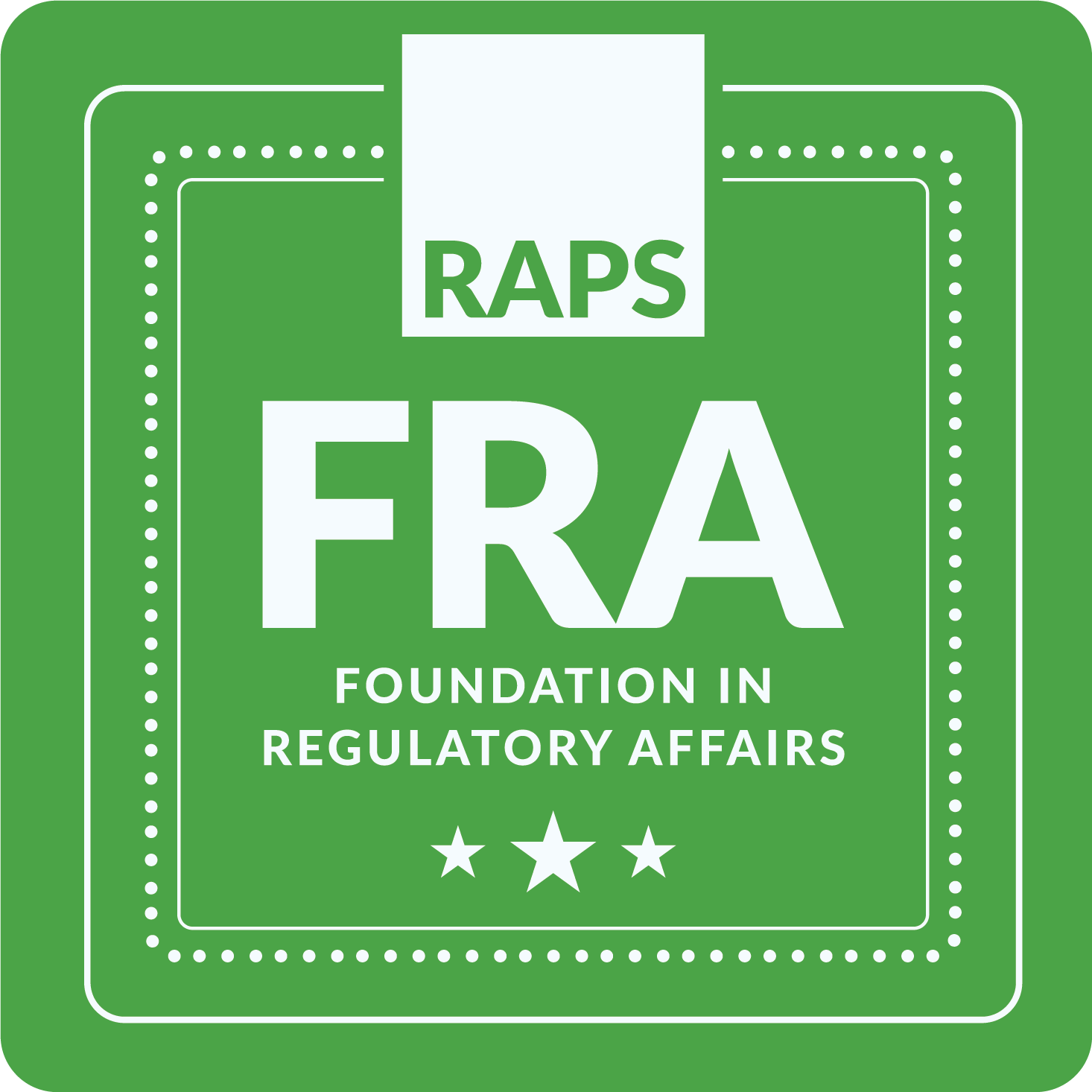Indications and Usage: FDA Issues Draft Labeling Guidance
![]() Regulatory News | 06 July 2018 |
Regulatory News | 06 July 2018 |
The US Food and Drug Administration (FDA) on Friday issued draft guidance detailing the content and format of information sponsors should include in the Indications and Usage section of labeling for drugs and biologics.
FDA says the guidance, once finalized, will apply to the Indications and Usage section for new drugs, new indications or when revising the label of an already approved drug.
The guidance also explains the circumstances in which an indication can be broader or narrower than what was studied in the clinical trials that supported the product's approval and makes clear that sponsors should specify the scope of the indication in the Indications and Usage section.
"In some cases, FDA's expert reviewers may fairly and responsibly conclude, based on their scientific training and experience, that the available evidence supports approval of an indication that is broader or narrower in scope than the precise population studied," FDA writes.
Additionally, the guidance discusses situations where the intended age group for the product may be broader than the population studied, though FDA notes that this approach is not typically appropriate for different pediatric populations or between adult and pediatric populations, due to statutory requirements under the Pediatric Research Equity Act.
"Pediatric patients may metabolize drugs differently from adults (in an age-related manner), are susceptible to different safety risks, and often require different dosing regimens even after correction for weight," FDA writes.
FDA says the draft guidance is part of a series of guidances meant to aid sponsors in complying with a 2006 final rule on prescription drug and biologics labeling meant to make drug labeling "easier for health care practitioners to access, read and use."
"FDA-approved labeling is the primary communication tool for providing information on the safe and effective use of drugs to the medical community,” said Jacqueline Corrigan-Curay, director of the Office of Medical Policy in the Center for Drug Evaluation and Research.
To comply with federal regulations on labeling, FDA says the Indications and Usage section must accurately reflect the scientific evidence available for the product and condition; be consicely written and convey the approved indications of the drug; and use clinically relevant terminology.
FDA also emphasizes that "indications that are straightforward, clear, concise, and consistently written will facilitate the indexing of indications in electronic databases," which may aid healthcare practitioners when searching for labeling information used in clinical decision making.
© 2025 Regulatory Affairs Professionals Society.












